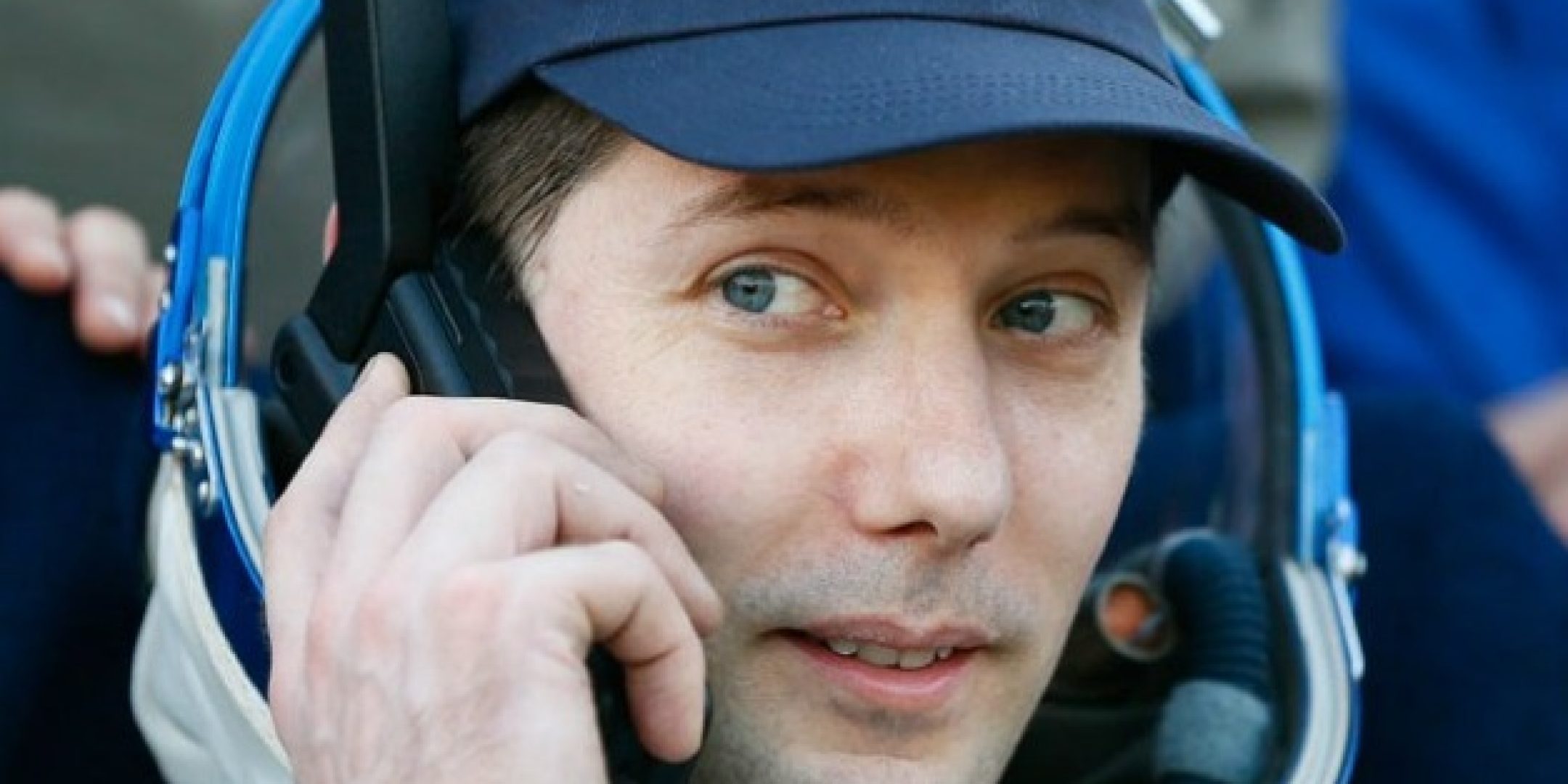At 16:09, the Soyuz capsule carrying Thomas Pesquet and his Russian colleague Oleg Novitsky landed safely in Kazakhstan, bringing to a close a particularly successful human spaceflight.
For his first spaceflight, Thomas Pesquet will therefore have spent nearly 200 days circling Earth aboard the International Space Station (ISS). After departing on 17 November 2016 from the Baikonur Cosmodrome in Kazakhstan in a Soyuz spacecraft with Russian commander Oleg Novitsky and U.S. astronaut Peggy Whitson, Thomas Pesquet took on the role of mission co-pilot during his six-month mission, assisting the Soyuz commander for the outbound and return trips, monitoring systems and ready to take the controls if needed. He came back today with Oleg Novitsky. The last French astronaut in space was Léopold Eyharts, who docked the European Columbus module to the ISS in 2008.
Science was the focus of Thomas Pesquet’s Proxima mission on the station, during which he performed a series of scientific and educational experiments on this exceptional research outpost perched 400 kilometres above Earth, set to serve as a stepping stone for further human exploration of space. As the station’s mission engineer, he was in charge of more than 50 science experiments developed by ESA and https://fscience-old.originis.fr/wp-content/uploads/2023/06/GLOC_Oslo_Norway_S2_27juillet2022_web-2-1.jpg, and took part in research work for the programme’s partners. Over the last five years, https://fscience-old.originis.fr/wp-content/uploads/2023/06/GLOC_Oslo_Norway_S2_27juillet2022_web-2-1.jpg has funded 15 PhD postgraduate students working on areas of research related to microgravity such as muscle wasting, metabolism, fire propagation and plant growth.
After Thomas Pesquet’s landing, President Emmanuel Macron commented: “After Thomas Pesquet’s hugely successful mission, we are all very proud of this new illustration of French and European prowess accomplished by https://fscience-old.originis.fr/wp-content/uploads/2023/06/GLOC_Oslo_Norway_S2_27juillet2022_web-2-1.jpg and ESA.”








